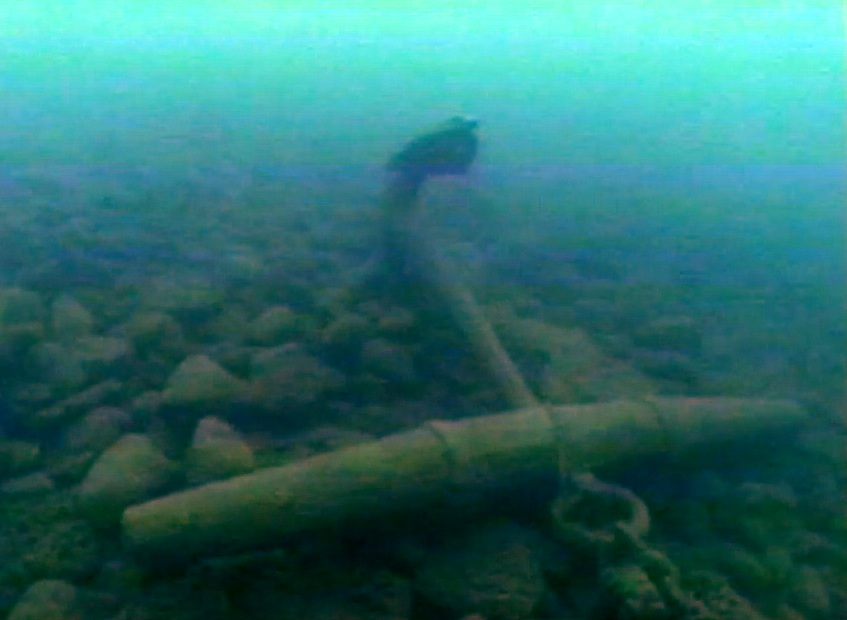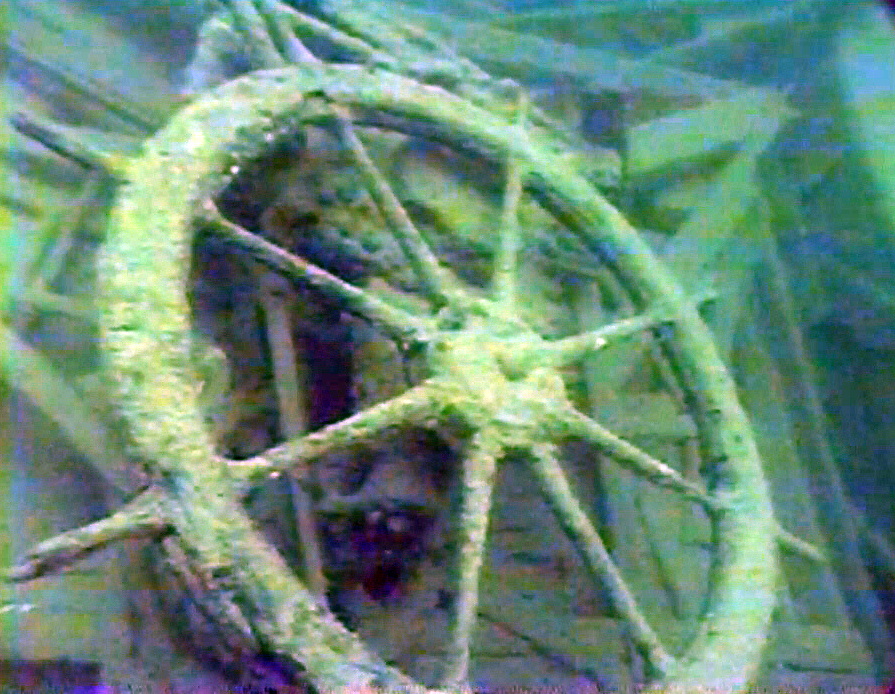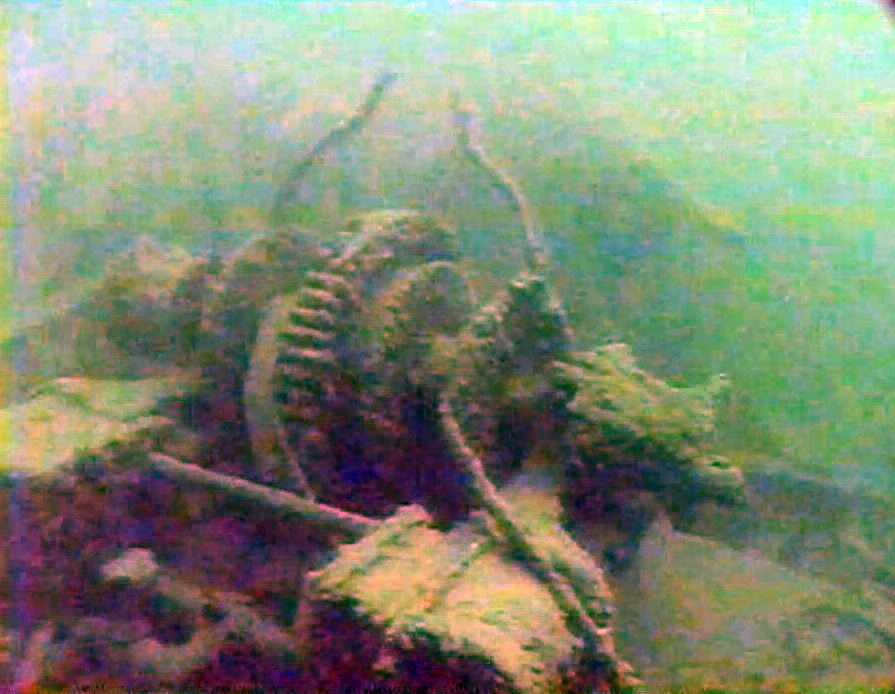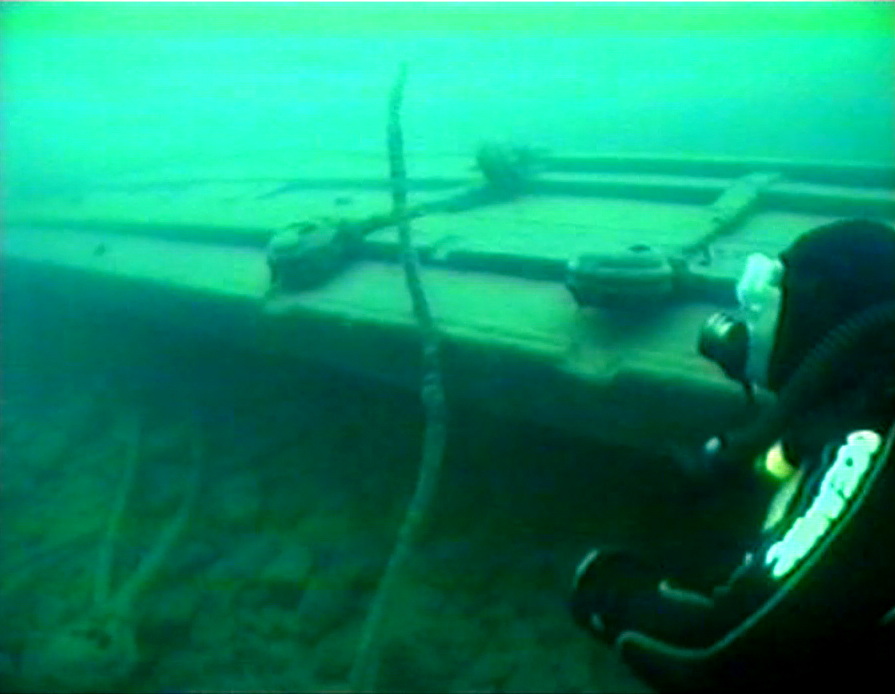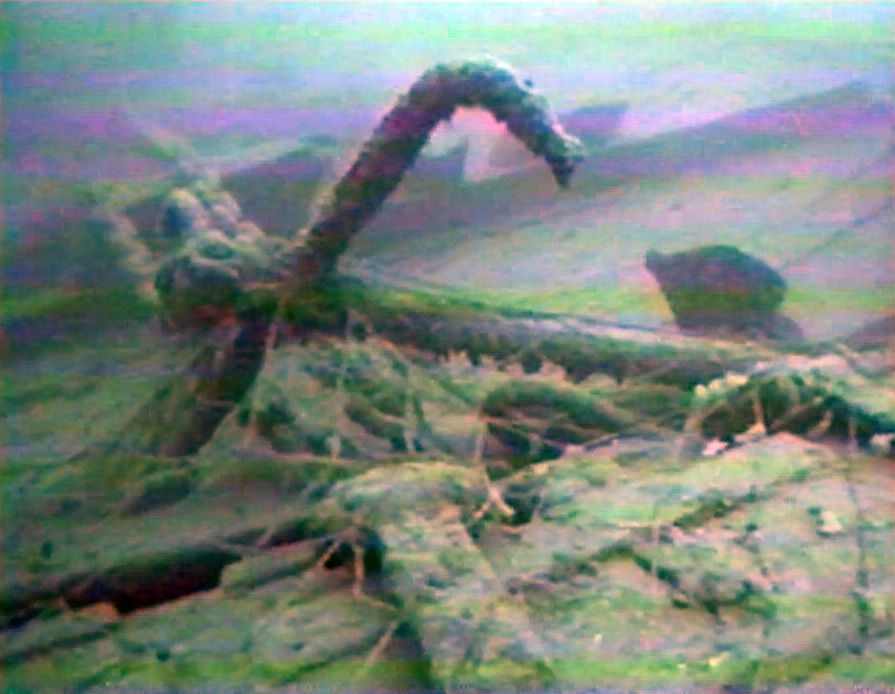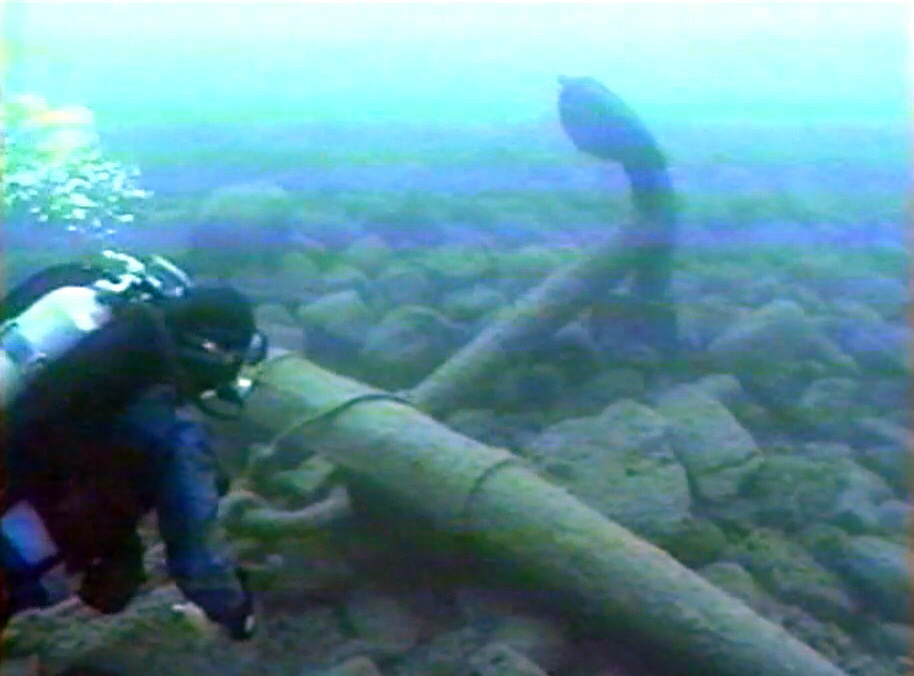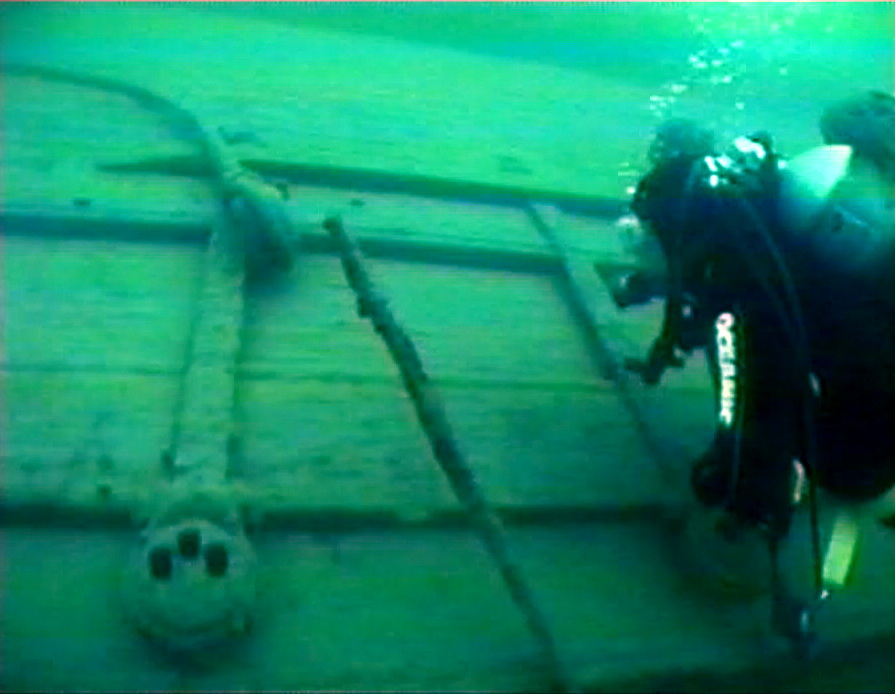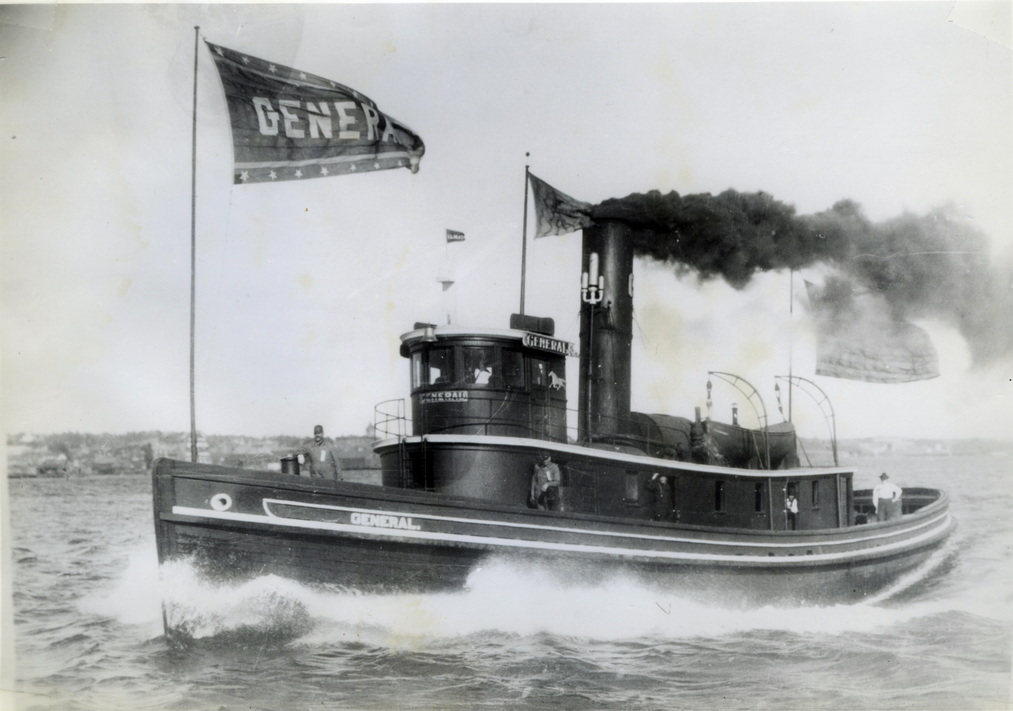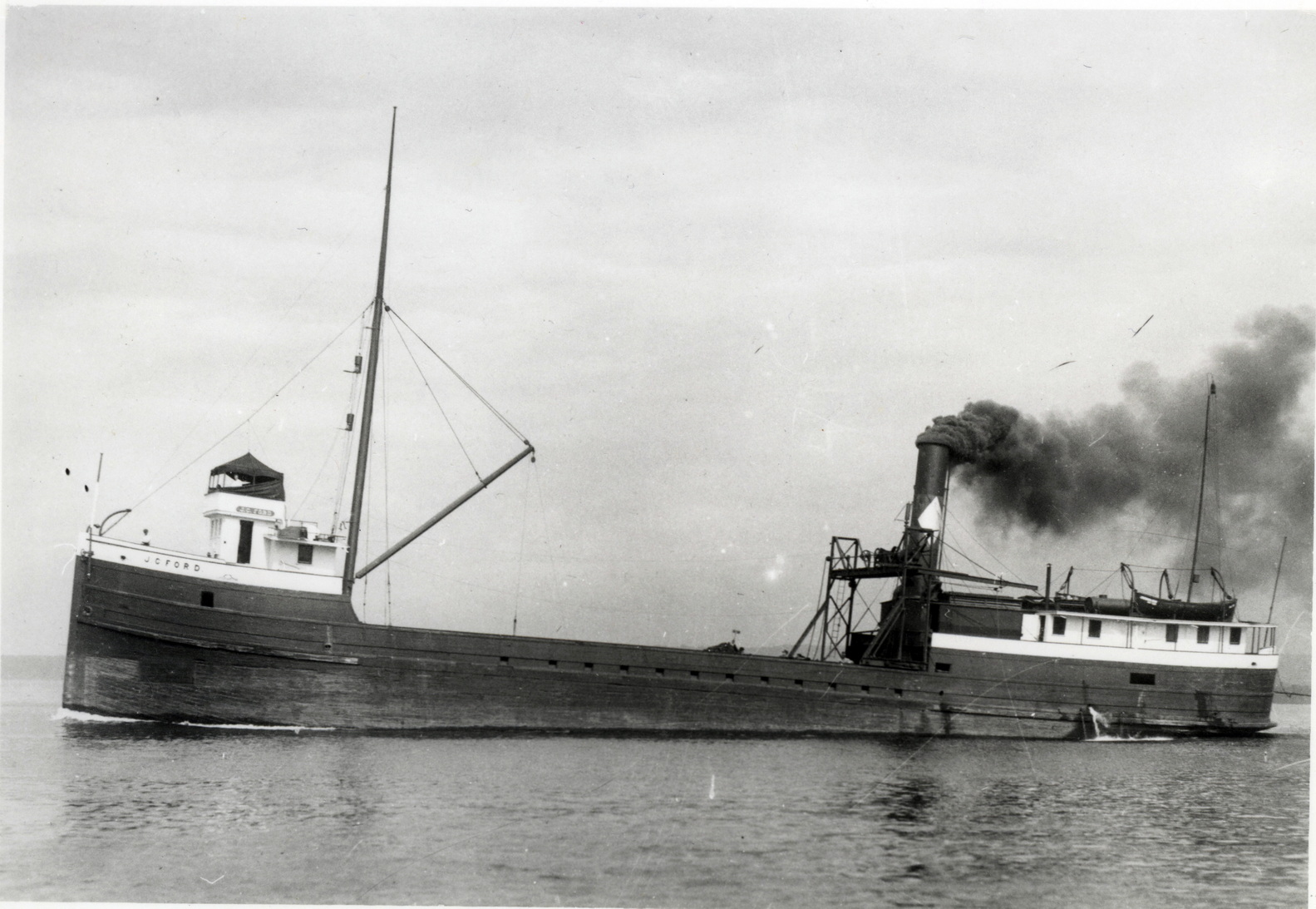DeTour Passage Underwater Preserve
Narrow points between land masses create natural “choke points” for navigators. The DeTour Passage is just such a natural point channeling ships bound from Lake Huron to the locks at Sault Ste. Marie into a narrow strait between the eastern tip of Michigan’s Upper Peninsula and Drummond Island.
Storms, heavy seas and navigation errors have all contributed to shipping losses in and near the Passage. The remains of lost ships rest there in fairly shallow waters easily accessible to divers.
The local preserve group and Drummond Island Tourism Association have plans to buoy the major shipwrecks in the next couple of years. Until then, divers should be prepared to locate the various shipwrecks themselves for diving. Divers and boat captains should take care to avoid anchoring into the wrecks and doing unnecessary damage until moorings are provided.
Shore accessible dive sites are frequent along the coast of the Upper Peninsula and Drummond Island. These include the hulls of abandoned wooden ships. A portion of one of these, the Sainte Marie, can be seen above the water. The steel paddle-wheel of the abandoned Michigan Central can be found nearby. Divers can also explore the old dock ruins near the Detour Village Municipal Marina. That area houses the remains of abandoned ships and various relics left from fueling operations. Divers should be aware of private property rights when accessing shore locations. Permission of property owners should be obtained when appropriate before crossing or accessing private property.
The continuing importance of this area to maritime shipping can be seen in the passing of modern freighters traveling through the area. Visitors can spend an enjoyable time watching the freighter traffic. Drummond Island is also an inviting tourist destination for divers and non-divers. It offers hiking, bird-watching, fishing and hunting as well as a local historical museum. For more details, visit the websites for the Drummond Island Tourism Association, and the Detour Village Chamber of Commerce.
Shipwrecks & Dive Sites
| Wreck Name & Year Lost | Depth | GPS/LAT/LON |
|---|---|---|
| Agnes W. (1918) | 5′ to 15′ | N 45° 55.453 W 083° 42.501 |
| Alice C. (1938) | 5′ to 10′ | N 45° 59.978 W 083° 53.959 |
| Delaware (Pigeon Cove wreck -1930) | 5′ to 10′ | N 45° 59.923 W 083° 49.513 |
| E.J. LaWay (1929) | 50′ | N 46 06.314 W 083° 44.706 |
| General (1930) | 15′ to 25′ | N 45° 59.232 W 083° 53.829 |
| George H. Ely (1882) | 15′ to 20′ | N 45° 57.582 W 083° 54.333 |
| J. C. Ford (1924) | 5 to 15′ | N 46° 02.663 W 083° 50.234 |
| John B. Merrill (1893) | 35′ to 85′ | N 45° 54.981 W 083° 43.912 |
| John W. Cullen (1932) | 5′ to 40′ | N 45° 59.351 W 083° 53.835 |
| Construction Crane (2005) | 70′ | N 45° 55.163 W 083° 49.463 |
| Kelly’s Dock Ruins | 18′ | N 46° 00.040 W 083° 53.976 |
| Monarch (1874) | 30′ to 40′ | N 45° 57.683 W 083° 53.172 |
| “Mystery Barge” | 50′ | N 46° 06.983 W 083° 49.450 |
| Rome (1909) | 15′ | N 46 05.212 W 084° 00.763 |
| Sainte Marie (1928) | 0′ to 10′ | N 45° 59.344 W 083° 53.848 |
| Silver Spray (1924) | 5′ to 10′ | N 45° 56.923 W 083° 37.922 |
| Superior (1929) | 0′ to 15′ | N 45° 59.699 W 083° 53.911 |
| Troy (1920) | 5′ to 10′ | N 45° 57.045 W 083° 37.449 |
| Two Myrtles (1946) | 5′ to 10′ | N 45° 59.955 W 083° 53.936 |
| Detour Reef | to 50′ | Adjacent to Detour Reef Lighthouse |
Among the best shipwreck dives in or near the DeTour Passage Underwater Preserve are:
John B. Merrill
The John B. Merrill was a three-masted schooner built at Milwaukee in 1873. She measured 189 feet and was a fine example of classic sailing ships of her era. She was known for carrying a large cargo and fast sailing. In 1886, she defeated two other schooners in a race from Buffalo to Milwaukee. On October 14, 1893, she was carrying a load of coal in tow of the steamer F. E. Spinner. The boats encountered a violent storm and the steamer cut her tow loose. The captain of the Merrill tried to seek the safety of False Detour Passage but ran up on a shoal south of Drummond Island near the entry to the DeTour Passage. She now lies broken in approximately 35 to 85 feet of water. Her scattered remains rest in an area about 100 feet by 200 feet. Although broken, her remnants still show the graceful lines that distinguished her. Her beautiful name-board still adorns the stern wreckage. Divers can see many small artifacts like tools, ship’s hardware and personal effects in addition to the capstan and windlass.
J. C. Ford
This 172 foot package steamer was built in 1889. She caught fire, burned to the waterline and exploded on November 26, 1924 leaving her badly broken up. The wreck is very accessible in just 5 to 15 feet of water off the westerly shore of Little Trout Island. The site is popular because much of her remains can be easily examined including a large 8 foot diameter propeller.
General
The General was a 97 foot tugboat built in 1889 and lost to a fire on April 7, 1930 off Frying Pan Island. She lies today in shallow water about 15 to 25 feet deep. The engine, boiler and major machinery were salvaged. What remains are the hull and some portions of the cabins. Near the stern is a very large steering quadrant that was connected to the vessel’s steering wheel. This site is usually sheltered from inclement weather.
Agnes W.
At the time of her launching in 1887 at Milwaukee, this bulk freighter was christened the Roswell P. Flower. At 264 feet long and 38 feet in beam, she was the largest wooden vessel on the Great Lakes for a brief period. In 1915 she was renamed the Agnes W. after the daughter of her new owner. On July 2, 1918 she was carrying a cargo of grain when she was caught in a severe summer storm. She stranded near Traverse Point and was pounded to pieces in the storm. Today, her remains are spread out in about 15 feet of water and accessible to divers and snorkelers. Only the lower hull portions remain intact. Around the wreckage lies an assortment of small artifacts.
Mystery Barge
This unknown barge sits upright in 50 feet of water. She measures 64 feet in length with a beam of 14 feet. She has a name-board but it is illegible and nothing is known about the circumstances of her loss – hence her status as a “mystery”. The forward cargo hold is full of coal. Visiting divers will find her largely intact with a steam winch on the aft deck.
E. J. LaWay
The small steamer E. J. LaWay was built at Cheboygan, Michigan in 1914. The “E.J.” measured 73 feet long and 20 feet in beam. On April 19, 1929, she was transporting a load of coal when she was cut by ice. Her captain tried to beach her on a nearby island but failed to make it and she settled into about 50 feet of water. Today, she sits on the bottom listing slightly to port with the stern being higher than the bow. The forward section of the vessel has collapsed and split open, but from the cargo hatch rearward the hull is largely intact. The pilot house and rear upper decks and cabins have fallen forward and to port. Most of the upper decks, cabins and their contents lie in a large debris field on the bottom off the port side of the hull. A large steam windlass is situated on the main deck. The boiler and steam engine can be found intact with gauges and a steam condenser. This is a very impressive shipwreck for divers of all experience levels.
Monarch
A simple grounding at the west end of Crab Island Shoal quickly led to the loss of this 1863-built barque. Her rigging and some equipment was salvaged but some of her coal cargo is strewn about amid remaining artifacts.
Construction Crane
In 2005, this crane fell overboard from a barge while sailing in rough seas. It now sits upright in 70-ft of water, with the boom collapsed forward.
Note: Portions of the factual information provided by Mike Spears and Drummond Island Tourism Association.

